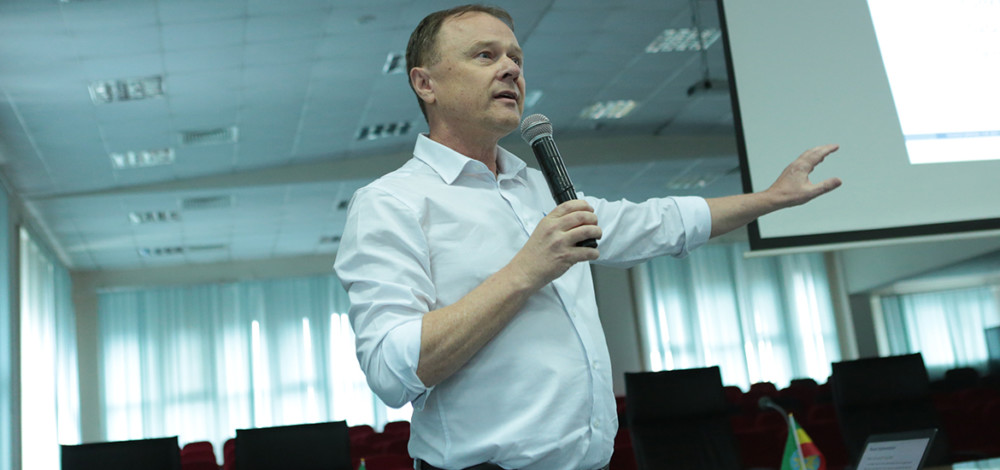The Ethiopian Ministry of Mines and Petroleum on Thursday launched a new national mining cadastre system that enables it to modernise mining licensing and administration process.
The new mining cadaster system dubbed LandFolio is developed by an international software developer, Trimble. Mining firms which are interested in mining projects in Ethiopia can submit their applications online on the Ethiopian mining cadaster portal, process their applications and make online payments. Regional states are also integrated in the new cadastre system. The national mining cadastre system is financed by the Canadian government- “Supporting the Ministry of Mines (SUMM)” Project. The total cost of the cadaster development project is estimated at 40 million birr.
The Ministry of Mines and Petroleum invited 50 mining companies engaged in various mining projects in Ethiopia to unveil the new cadastre system. In his opening speech State minister Assefa Kumsa the Ministry has been process mining licenses manually. “It was time consuming, costly and tiresome task. Companies were unhappy with the bureaucratic system,” Assefa said.
Assefa noted that the new cadastre system does not require the physical presence of companies to apply for exploration and mining licenses. “Companies can identify locations, submit their applications online and get prompt reply. They can also effect payments online. The mining cadaster system would save time, cost and increase transparency. The manual system was time consuming and we used to assign many people for execute the task. But now we will be able to efficiently use our human resource,” he said.
According to Assefa, regional mining bureaus are integrated into the new system adding that there will be no need to write letters to the regional bureaus requesting information related to license areas. Assefa commended the Canadian government Canadian International Resources and Development Institute and SUMM project who provided professionals and finance required for the cadastre project.
With the assistance of the World Bank the Ministry of Mines implemented a mining cadastre system called Flexi in 2009 but the Ministry failed to use the system due to various reasons.
Briefing company executives on the new cadastre system, Tim Wallis, representative of Trimble Company said that the new cadastre system can process new mining applications and administer the existing exploration and mining licenses. Wallis said companies can submit their profiles, environment impact assessment report, financial status, article of association and work programs, among others. “The system would be integrated to the banking system and can process credit card payment and bank transfers,” Wallis said.

According to Wallis, the new cadaster system would increase revenue, investors confidence and ensure transparency and accountability. “It would enhance interaction between three main actors-Society, government and mining firms,” he said.
Sisay Ayalew, mineral licensing and administration director, said that the new cadastre system has reduced the work load at the directorate. Sisay said the directorate used to clean data by itself. “Now we are going to clean data together with the companies using the mining cadastre portal,” he said.
The mining companies expressed their delight with the launch of the new cadastre system. The company representatives who commended the Ministry expressed their concern on the technical capability of regional mining bureaus in operating the cadastre system. The participants recalled the failed previous cadastre system and asked the reliability of the new cadastre system. They also asked about the cyber security. “Is there a back up system if the password is cracked or the data is damaged,” a participant asked.
Sisay said that experts drawn from the regional mining bureaus have been trained on the new cadastre system in Cape Town, South Africa. (The Ministry failed to use the previous cadastre system (Flexi) due to shortage of professionals, and unavailability of the required infrastructure including computer and power supply. All the required infrastructure will be deployed now.”
Sisay said the Ministry would be using the Ministry of Innovation and Technology Data Cloud. “We will have a data at the country’s national data center. So we will have a back up,” Sisay said. He also stated that a promotional tool and data prompting the country’s mineral resources will be up loaded on the cadaster portal.
Wallis assured the participants that all the data will be secured. “Each company will have user name and password. There will be security verifications. The back office will track changes. The data will be encrypted and it can not be altered.”
According to Wallis, investors can access geological maps and data. “The new cadastre system will help the Ministry attract investors and generate revenue. That is the whole objective of this project,” he said.
Fitsum Assefa, program officer at the Canadian International Resources and Development Institute (CIRDI)-SUMM, told The Reporter that the national mining Cadaster development project was launched in December 2018. According to Fitsum, 12 professionals from the Ministry of Mine and Petroleum and regional mining bureaus have been trained in cape Town, South Africa. He said Trimble would provide a project support program for one year. The total cost of the project is more than 40 million birr.
The Canadian International Resources and Development Institute (CIRDI) has been implementing a capacity building program at the Ministry of Mines and Petroleum through SUMM.
There are more than 200 licensed mining companies operating in Ethiopia. In the fiscal year that ended in June 2019 the Ministry issued 24 exploration and mining licenses.
This article was first published here https://www.thereporterethiopia.com/article/ministry-launches-national-mining-cadastre-system







